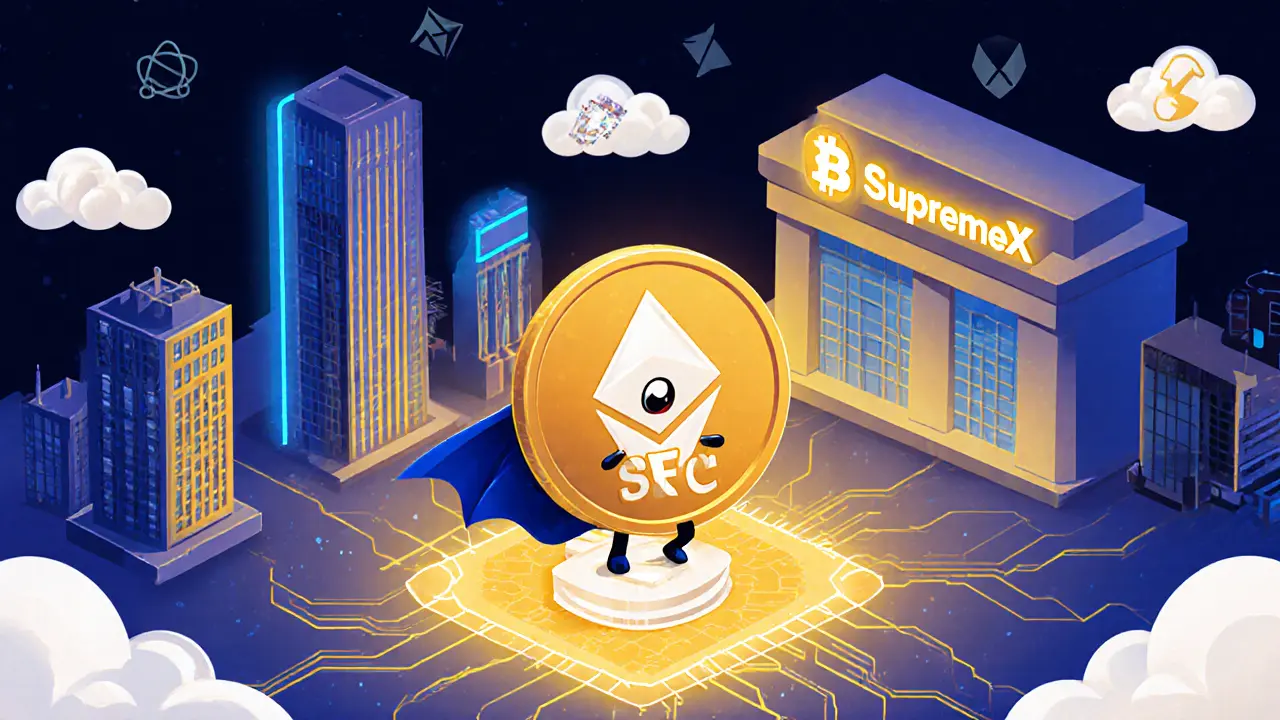When working with SupremeX governance, the system that lets token holders propose, vote, and implement changes to the SupremeX protocol. Also known as SupremeX DAO, it powers the community’s ability to steer upgrades, fee models, and new features.
The framework operates as a Decentralized Autonomous Organization (DAO), a code‑based entity that runs without a central authority. Inside this DAO, the SupremeX governance token, a utility token that grants voting power proportional to holdings is the main lever for influence. Token holders lock or stake their assets to earn voting weight, then cast votes on proposals that range from fee adjustments to new product launches. Each proposal is executed automatically by smart contracts, self‑executing code that enforces the outcome once a vote reaches quorum. This tight loop—proposal, vote, execution—creates a transparent, tamper‑proof decision cycle that anyone can audit on‑chain.
SupremeX governance also relies on clear timelines and thresholds. A proposal typically needs a minimum turnout of 5% of total token supply and a majority approval of 60% to pass. Once approved, the associated smart contract triggers the change within a predefined window, often 24‑48 hours, to give the market time to react. Because all actions are recorded on the blockchain, participants can verify results, dispute anomalies, and propose corrective measures if needed. The system’s design encourages long‑term holders to act responsibly, as their voting power is tied directly to the value they help protect.
Three pillars keep the process healthy: (1) Proposal creation – anyone holding a minimum stake can draft a change, attach supporting data, and submit it for community review; (2) Token voting – votes are weighted by token balance, and the voting window is transparent, preventing hidden manipulation; (3) Smart‑contract enforcement – outcomes are coded into immutable contracts that automatically apply the decision once criteria are met. Together, these pillars form a feedback loop where community insight, economic incentive, and code enforcement reinforce each other. The result is a flexible yet secure governance model that can adapt to market shifts, regulatory updates, and emerging technology without waiting for a central board.
Below you’ll find a curated set of articles that dive deeper into each aspect of SupremeX governance. Whether you’re new to DAO mechanics, looking to understand token‑based voting power, or wanting a technical walkthrough of the smart‑contract pipelines, the collection covers practical guides, risk assessments, and real‑world case studies that will help you navigate and contribute to the SupremeX ecosystem confidently.

Learn how to claim the SupremeX (SXC) airdrop, understand token details, governance roles, and the risks before participating.